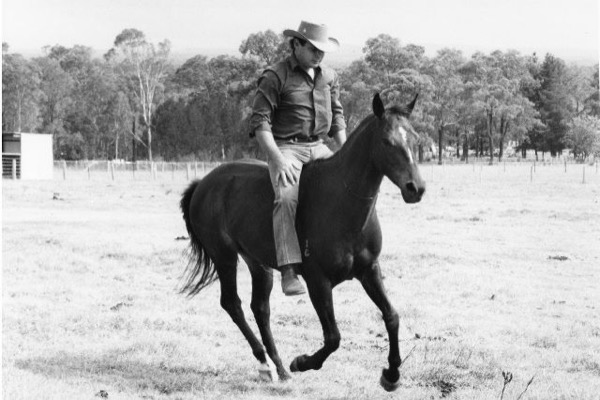We should try to use as little unpleasantness as possible at every phase of horse training.
Everyone thinks horses stop when you pull on the reins.
However, before you apply pressure on the bit, bring your legs on and sit in the stand and relax position.
If your horse is ‘giving’ and ‘listening’, he’ll understand the signals and he’ll stop.
If you ask your horse to stop and he doesn’t respond, apply unpleasantness by pulling gently on the bit.
It’s always better to apply more pressure on one rein than to pull both reins together.
If your horse doesn’t respond, be a little firmer with your hand.
After a few repetitions, your horse will learn that it’s easier to stop when you ask –
he won’t wait to be pulled in the mouth.
First, ask your horse to stop with your seat and legs.
If he doesn’t respond, pull gently on the reins.
If there’s still no response, be firmer with your hand and your horse will stop.
This way, there are at least three signals to your horse before firm pressure is applied.
Any horse will soon learn to stop from your seat and legs.
You’ll no longer be ‘pulling him up’.
When you ask a well-trained horse to stop, there’s no difference in rein tension.
The horse will feel your seat and legs and understand the signal.
Remember, no horse wants to be pulled in the mouth.

